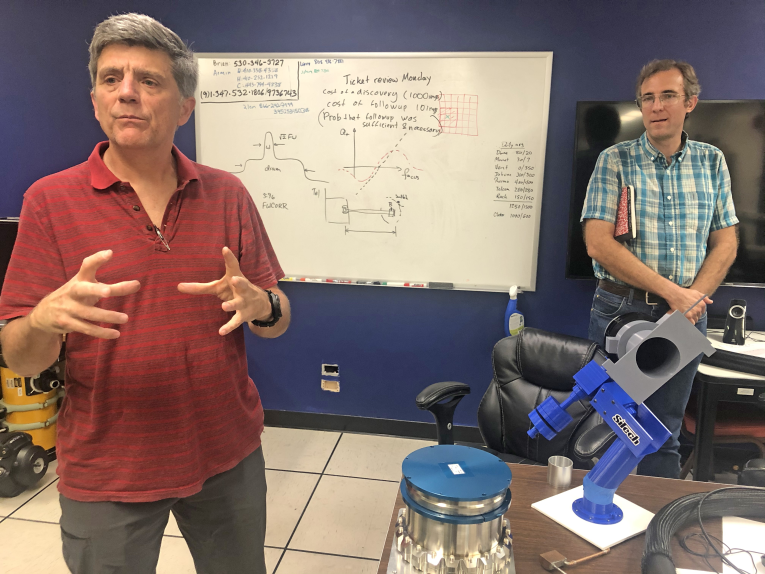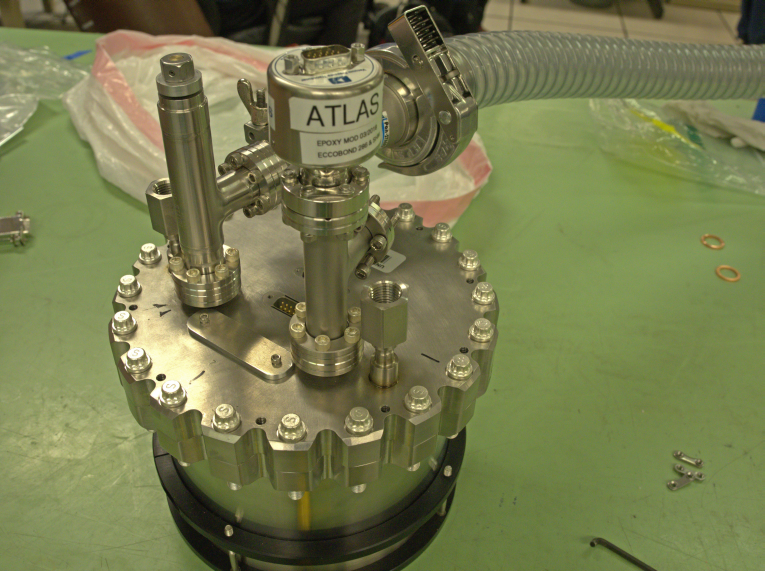Keeping a watchful eye on near-earth objects
Aren (Ari) Heinze, Astronomer and Professor University of Hawaii at Mānoa Institute for Astronomy (IfA), Honolulu, Hawaii

An astronomer and post-doctoral researcher at the University of Hawaii at Mānoa’s Institute for Astronomy (IfA), he is a part of the team working on ATLAS [The Asteroid Terrestrial-impact Last Alert System] led by Professor John Tonry.
As an undergraduate student at Caltech, Ari studied the planet Pluto and as a PhD candidate at the University of Arizona he worked on the search for extrasolar planets. He says that his affinity and interest in astronomy goes way back to his childhood and was very much influenced by his family.
“I’ve been interested in astronomy for almost as long as I can remember!” he exclaims with a big grin and visible excitement in his eyes. “My grandfather was a professor at Texas A&M University, and my father did his PhD there and worked in the oil industry. But at family gatherings, they would always talk about science and astronomy,” he recalls with a hint of nostalgia in his voice.

“We are basically in charge of scanning the sky for dangerous asteroids that might be incoming for an impact with the Earth, and my job is to find the asteroids before they hit and then it's other people's jobs to predict what's going to happen after they hit,” he confidently states.
“If we discovered the kind of dangerous asteroid that we are targeting at ATLAS with our telescopes, then we would basically treat it like a hurricane or some other weather warning and caution people to evacuate their particular city or state by a certain time to avoid getting caught in the explosion there,” he says drawing comparisons between his work and that of a meteorologist.
The motivation to carry out his work carefully and with precision so as to not miss anything comes from the fact that although the threat of an asteroid hitting the Earth is small and the risk is pretty low, he and his team could save millions of lives via the early warning system. “We definitely all understand that at any moment we could suddenly become some of the most important people in the world for a short time,” he says with a smile.

“The Chelyabinsk impact, which took place in 2013, is more of a once per decade type of event, and the much larger Tunguska impact of 1908 was about 113 years ago. There hasn't been one since, and we think the rate is probably more than one per thousand years and less than 1 every 300 years,” Ari underscores.
In discussing the future of work and the role of technology and science on us as a species, while Heinze does believe there is a “danger in automation and AI taking over lower skilled jobs,” humans will always be in charge, not robots. “Robots will never take over the world or control us: that’s nonsense and ridiculous,” he fervently asserts. “We will always be in charge.”
Ari and his colleagues working on the ATLAS project will remain vigilant and on the job to protect the Earth and all of us from dangerous asteroids.